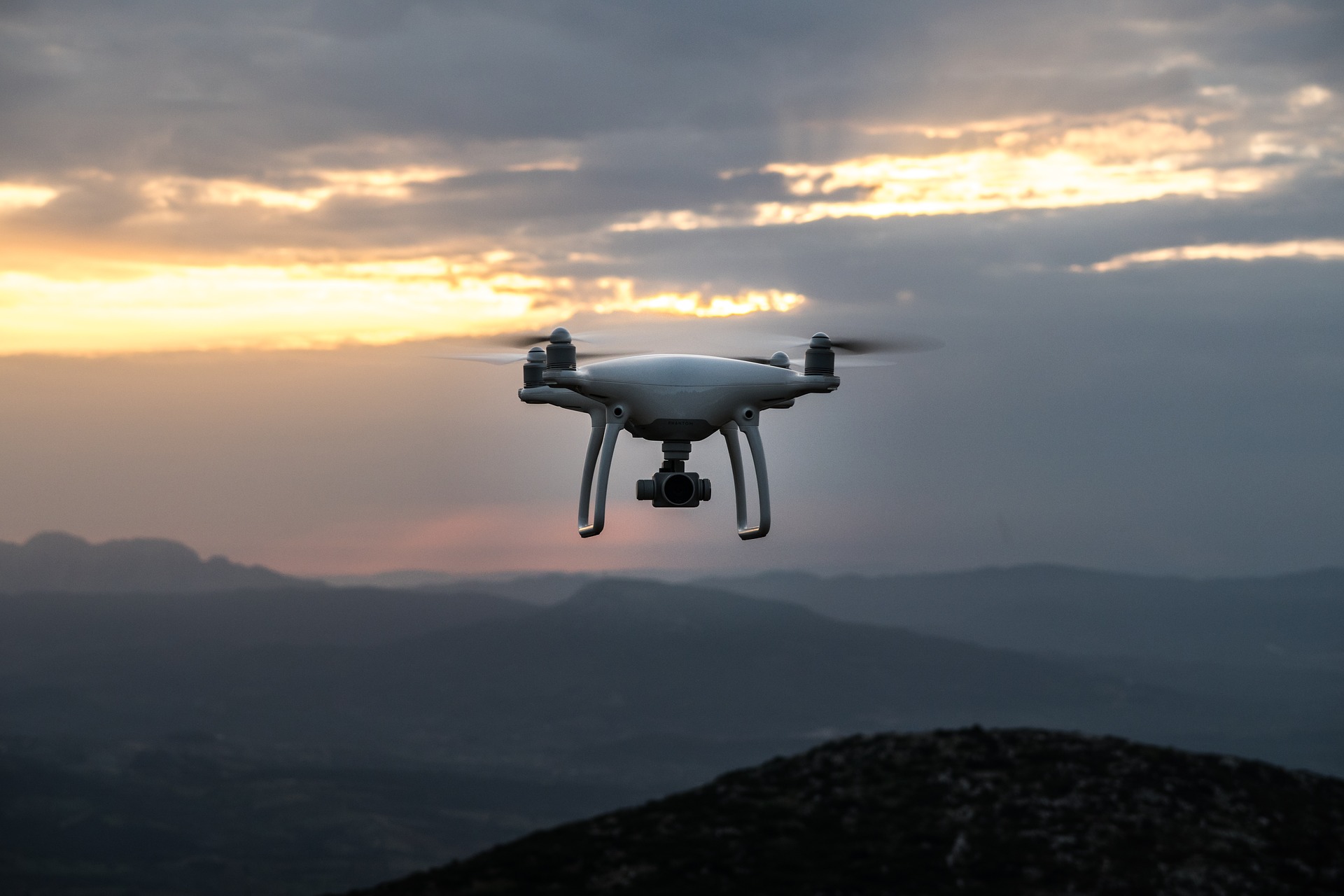
31 Jan What are the Drone Laws in Arizona
With technology advancing at such a rapid pace, that means the law is always changing and developing to suit the times. The issue of drones is one of those issues. If you are a drone owner, you likely are seeking to be informed as to what the drone laws in Arizona are.
Federal Drone Laws
All federal laws regarding drones also apply in the State of Arizona. These have been adapted from the UAV Coach Website:
If you’d like to fly a drone as a commercial pilot in the state of Arizona (i.e. for work/business purposes) you are obligated to follow the requirements of the FAA’s Part 107 Small UAS Rule, which includes passing the FAA’s Aeronautical Knowledge Test to obtain a Remote Pilot Certificate.
If you’d like to fly a drone as a hobbyist in the state of Arizona (i.e. for fun/pleasure) you are required to register your drone with the FAA and follow the FAA’s recreational fliers rules.
If you’d like to fly a drone as a government employee in the state of Arizona (i.e. for a police or fire department) you may either operate under the FAA’s Part 107 Rule or obtain a federal Certificate of Authorization (COA).
State Drone Laws in Arizona
As of 2016, according to a piece of legislation entitled SB 1449, Arizona Revised Statute 13-2904, which regards classifications of disorderly conduct, was amended. It states that the use of a drone is classified as disorderly conduct under ARS 13-2904 and is punishable as a class 1 misdemeanor if a person:
“Operates a model aircraft or civil unmanned aircraft in dangerous proximity to a person or a person’s property unless that person has consented to the operation.”
In addition, SB 1449 introduced ARS 13-3729, which defines the unlawful operation of model or unmanned aircraft and sets punishments for infractions of the law. This statute makes is unlawful for a person to operate a drone if the operation:
- Is prohibited by federal law or regulation that governs aeronautics, including federal aviation administration (FAA) regulations.
- Violates a temporary flight restriction or notice to airmen that are issued by the FAA
- Interferes with the operation of a manned aircraft.
- Interferes with law enforcement, firefighter or emergency services operation.
- Causes the intentional killing of a bird or animal while in flight.
- Is within a horizontal distance of 500 feet or a vertical distance of 250 of a critical facility. (See section F; subsection 3 of ARS 13-3739 for what defines a critical facility.)
Another notable restriction outlined by this statute is that a city, town or county in Arizona may not enact or adopt it’s own policy or rules that relate to the ownership or operation of drones. For example, in 2017 the town of Paradise Valley had attempted to pass an ordinance that would restrict drone usage in the interest of public safety, but it was unable to due to this statute.
Parks that Allow Radio-Controlled Aircraft in Phoenix
When it comes to land in a park or preserve owned by the City of Phoenix, restrictions apply to the use of unmanned aircraft (drones). And pilots must follow Phoenix City Code Section 24-49 in addition to state and federal law.
The City of Phoenix Parks and Recreation Department allows drone usage in specified areas of these eight parks:
- Coyote Basin Park
- Desert Foothills Park – Lower Field
- Dynamite Park
- El Prado Park
- Esteban Park – East Quadrant
- Grover’s Basin Park B
- Mountain View II Park – South of Ballfield
- Werner’s Field Park
Bald Eagle Breeding Season
According to the Arizona Game and Fish Department (AZGFD), the Grand Canyon State only has 67 pairs of breeding bald eagles. To protect this magnificent bird that is an endangered species, wildlife management agencies close areas around breeding locations during the breeding season (starting in December).
In addition, Williams News website states that in order to ensure protection, the FAA has “has established a 2000-foot above ground level (AGL) advisory along the Salt and Verde river. When traveling in these drainages or near riparian habitat statewide, aircraft should maintain a minimum of 2000-foot AGL to ensure compliance with state and federal law.”
If you have further questions regarding the drone laws in Arizona or have been charged with a crime of any kind in the state of Arizona, contact Coolidge Law today.
Images used under creative commons license – commercial use (1/31/2019) Pixaby


